Originally published in slightly edited form on The Street.
I’m writing this to the white noise of Atlantic Ocean surf crashing against the beach. Down the bar a couple is giggling and working their way through drinks heavy on the Caribbean rum and thick-sliced pineapple, but mostly I’ve tuned them out. It’s the water I came outside to hear, a roar and rhythm I can’t find anywhere near my hometown in southeast Michigan.
Small carnival lights wink overhead while a venturesome gecko makes his way across my table looking for leftover traces of dinner. Someone has planted decorative palm trees, the kind that grow the bland, tasteless local coconuts, and across the patio the Caribbean Sea has begun to take on a faint aquamarine shimmer. It’s my third night at the Condado Marriott in San Juan; my last because tomorrow the hotel is full.
I can’t believe that just a few months ago this part of town was under four feet of water.
Last October two category five hurricanes battered the islands of Puerto Rico. Irma and Maria left little in their wake, overrunning water supplies and electricity so completely that more than half a year later line crews from across the United States still work to turn lights back on in villages across the interior. And in ways both big and small life on Puerto Rico bear the scars. Travelers in Luis Munoz Marin International Airport occasionally hold their cell phones up in frustration, searching for a signal on the frequently overloaded network. Tarps dot the neighborhoods outside of San Juan where roofs have not yet been reinstalled. And on the city streets many traffic signs are bent double, a reminder among the music and Medalla beer of what happened here.
Lingering damage from the storm is evident almost everywhere, but if it takes a highway sign ripped from the ground or a blue tarpaulin to remember the storms’ damage that’s in part because the island has worked so hard to repair and rebuild. As my guides emphasized, Puerto Rico wants the world to see that it is open for business.
To a nearly comprehensive degree, it is.
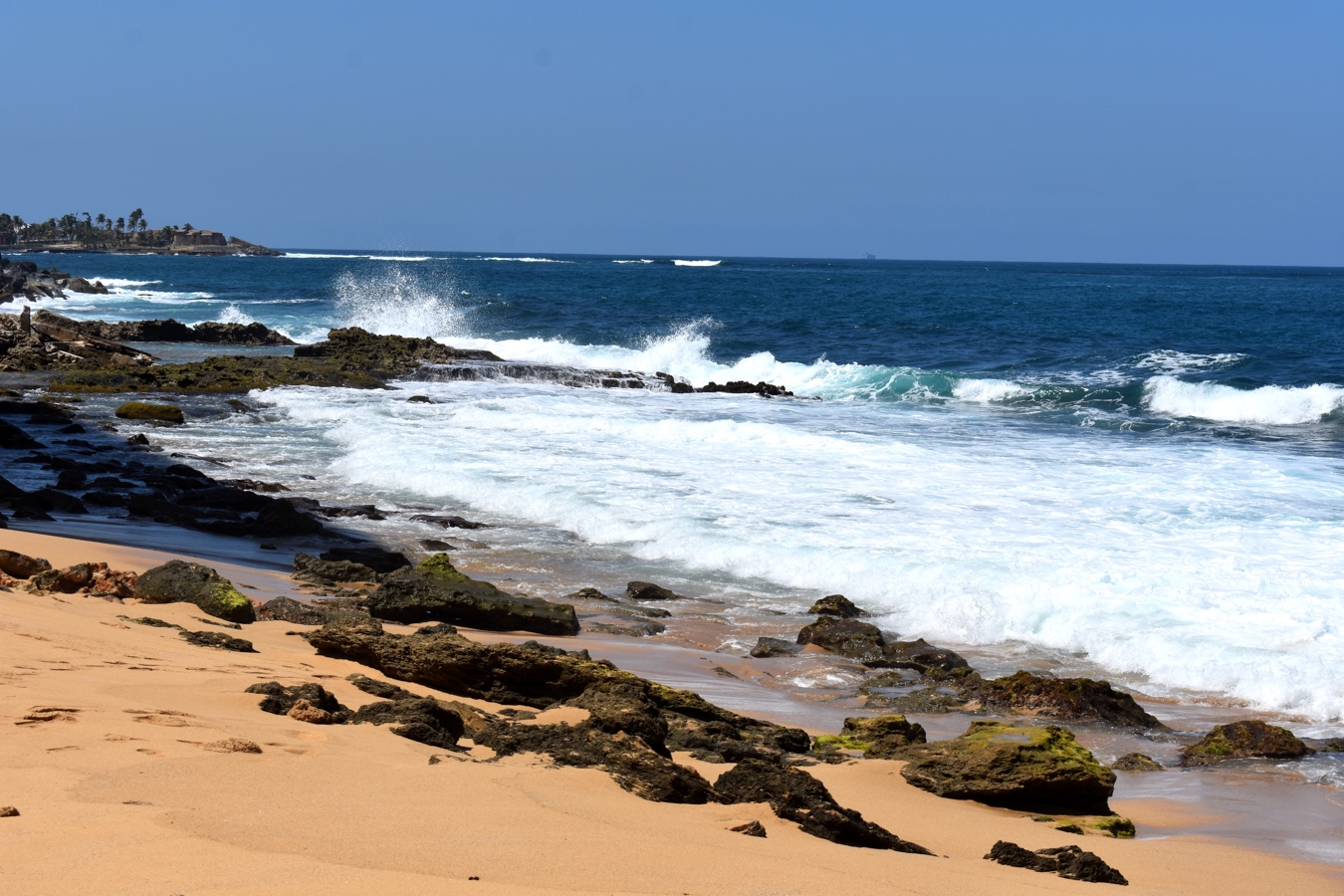
The coastline of San Juan.
The island has begun receiving visitors and tourists in astonishingly large numbers considering that many hotels and resorts only reopened to the public this March. Several have already hit capacity, so much so that on my third attempt to rent a car the clerk simply smiled and shook his head.
“Conference,” he told me, and suggested I try the airport.
Most of Condado, perhaps San Juan’s most popular neighborhood, has reopened. What ongoing repair work remains is largely invisible, hidden behind screens and optimistic “opening soon” signs. Meanwhile Old San Juan, with its heavy, 16th Century buildings, appears almost unscathed. An incurious tourist might never know that a hurricane hit the old stone heart of Puerto Rico.
During an afternoon there I wandered the old town’s trademark ash blue bricks, a legacy of utilitarianism. Spanish sugar ships used furnace slag from iron foundries as ballast, and when it was unloaded to replace with cargo the island’s governors melted that slag back down to make bricks. Fortresses ring this section of the city, meant to protect a holding so lush that the island was literally named “Rich Port,” and Spanish architecture gives the town that transplanted European look common to colonial cities from Hoi An to Quebec.
Most of the buildings here, too, have reopened, tripping their diners and salsa music out into the street. Jewelry stores offer free trinkets for disembarked cruise goers, eager to lure in the temporary tourists. The storefronts and apartments that have not yet reopened have signs up advertising rent in both cash and bitcoin (the latter to attract the burgeoning cryptocurrency scene in San Juan).
During the time it took me to have lunch in the old town at least two cruise ships docked, disgorging lanyard-clad passengers in numbers that made me instinctively look for a passing Visigoth. Immediately, again, it was easy to forget that anything had happened here at all.

La Placita at lunch, where everyone is wisely inside and out of the heat. At night this space fills with dancers, music and couples out to enjoy one of San Juan’s busiest streets.
Forgotten or not, though, even where the world works the damage remains. At the Hacienda Carabali I rode horseback up towards the El Yunque Rainforest. We stopped for water and our guide pointed to a large bend in the river up ahead.
“The river used to flow differently,” he said. “There, it used to be a pool for swimming. Now, the hurricane has changed [its] course.”
Our small group marveled over the raw power of a storm that could change the course of a river, then turned our attention to flecks of gold in the sand and watched an iguana make its lazy way across the sun drenched rocks. As they say in 10,000 miles away in Bangkok, same same but different. The river is still here, and it’s still lovely.
Tourism makes up 7 percent of Puerto Rico’s economy. (http://welcome.topuertorico.org/economy.shtml) (A distant follow up to manufacturing, which over the past several decades has almost entirely supplanted agriculture as the island’s chief economic base.) It relies on sandy beaches and aquamarine waters to bring in that income. So if tourists are picking their enthusiasm back up, the local workers have it to spare.
“I just started work here a month ago after losing my job in the hurricane,” a bartender told me as she cut limes, preparing for the hoped-for evening rush. Many in the service industry tell a similar story. At bars and restaurants across the island I met staff who have been employed for little more than a few weeks. All of them say that they’re eager to see vacationers come back to the island.
On Calle Loiza, often described as the Williamsburg of San Juan, the cafe Tresbe runs an outdoor bar in the greatest spirit of Jimmy Buffet (for good and ill). Picnic tables dot a small patio where diners sip on beer from plastic cups and harried waitresses served me empanadas with sweet and spicy tamarind sauce and a Coke. The food was excellent, even if I could happily never hear another reggae beat in my life, and even with more numerous visitors I was clearly the only tourist in the place. Servers showed up almost presciently each time sauce or soda ran low, hoping for more like me.
Some people here worry that the recovery is illusory. Government workers and contractors do still flood the island, occupying hotel rooms and filling the restaurants. At the Taberna Lupulo beer bar on I searched in vain for someone to speak with who wasn’t from the Federal Emergency Management Agency. I met Ryan, a contractor here to help the island rebuild its air traffic control system, who introduced me to his friends who have also suspended their lives back home to spend months helping the island rebuild critical infrastructure. They fill the service industry and keep servers busy, but aid workers are not tourists.
Puerto Rico’s travel industry wants the tourists back.
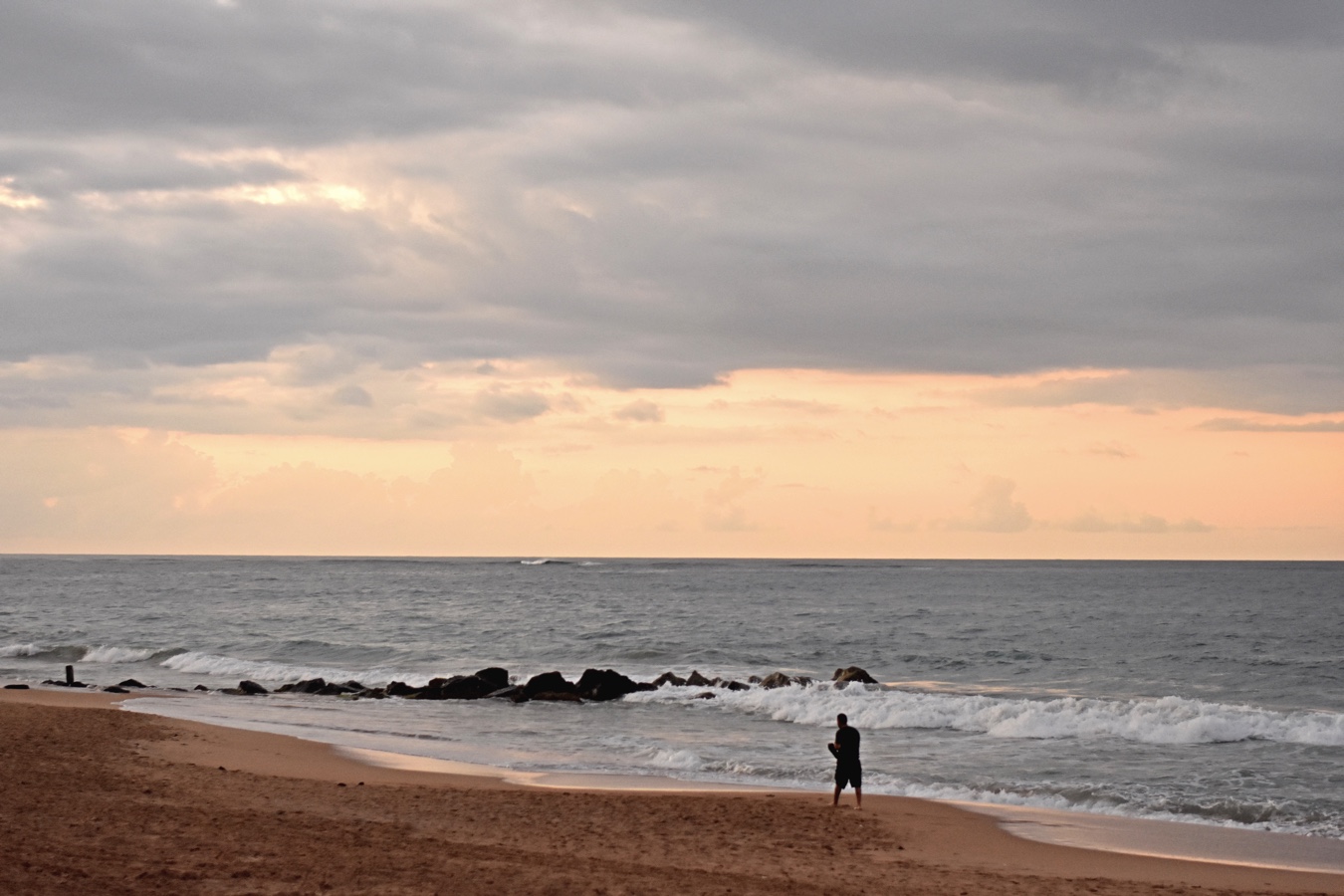
A vacationer walks back to his hotel at sunset.
The question I came to Puerto Rico to answer was a simple one: Is this island ready for tourists to come back? As a travel writer it’s my job to look past the superficial and see the bones of a place, kind of like an architect seeing past ugly wallpaper if architects were marginally employed and called “taking a long walk” part of the work day.
On Puerto Rico that wasn’t easy. It’s too marvelous. I haven’t fallen in love with a place as quickly or completely since the first time I missed a ferry in Greece. While Old San Juan works hard to bludgeon you with fun, the island saves its best moments for the swaying dancers in La Placita and the supernaturally calm shores outside Fajardo town. Rum is fine but I’ll take a powerfully spiced plate of mofogu, the island’s trademark dish of fried plantains, every time. (https://en.wikipedia.org/wiki/Mofongo)
Past the lights and the alcohol and an industry eager for fresh faces, the truth is that Puerto Rico is still wounded. You can see it in the ecology and the infrastructure and the way people still talk about the hurricane almost reflexively. “It was like a nuclear bomb had hit,” was the way one resident described waking up the morning after Hurricane Maria.
That doesn’t go away fast. Puerto Rico will spend years completely cleaning up and rebuilding from the storms of 2017, and longer still before they fade from living memory.
But that doesn’t mean you shouldn’t go. If anything it should drive tourists in even greater numbers. Our fellow Americans on this island still need us. They need our footsteps and attention and, yes, our spending money.
And that money would be very well spent. Puerto Rico may be wounded, but it is beautiful, ferocious and lively. Even after coming for just a short work trip I found myself idly looking up apartments, wondering what it would cost to move here for a summer and whether I could talk my wife into island living, spicy food and green waters.
Puerto Rico has adopted the slogan that it is open for business and it’s entirely true. People may still be sweeping, restocking the shelves and opening the shutters, but this island is back. And it is well worth a trip.

- Write More Listicles - August 12, 2021
- Find The Hard Interview - July 28, 2021
- Using Your Voice - August 22, 2018

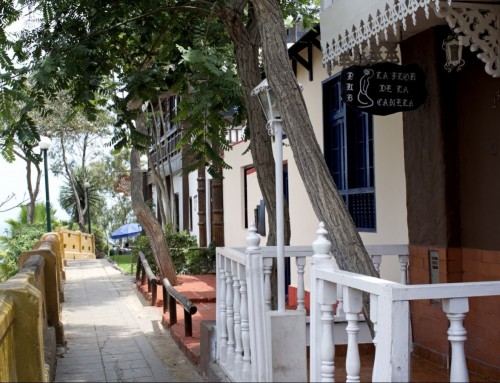
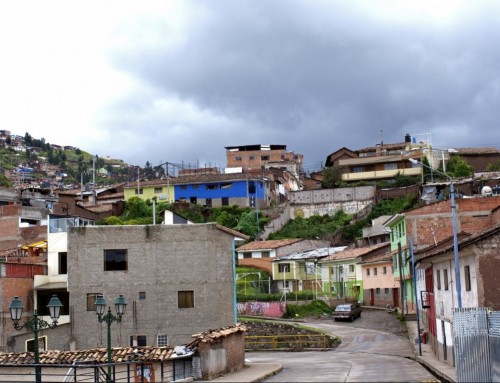
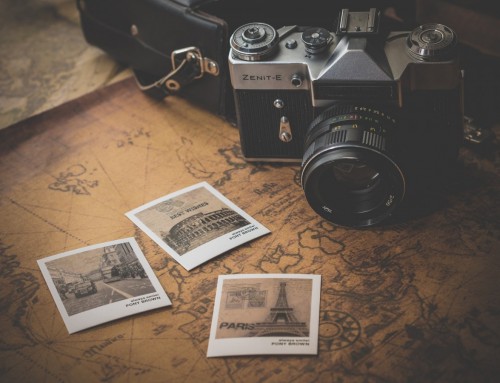
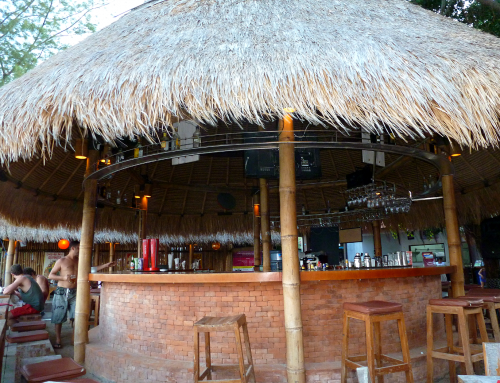
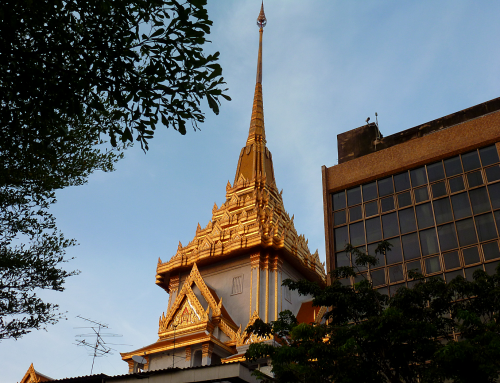
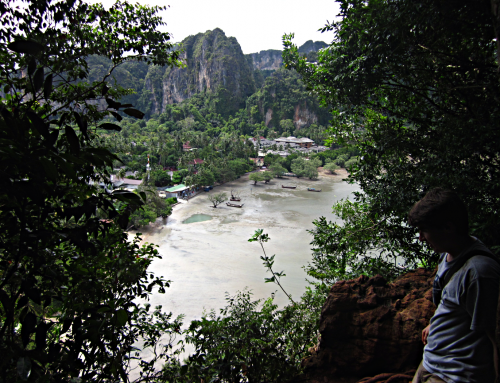
Leave A Comment